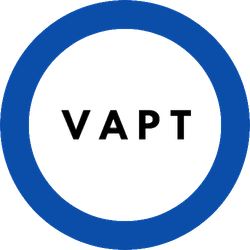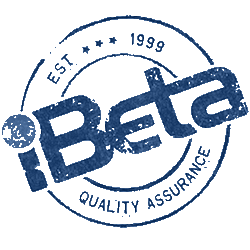In the course of the most recent year, scarcely a month appears to have passed by without biometrics including in legal disputes, hearings and settlements. A few features have hit the news as commonly recognized name organizations fall foul of guidelines on protection. In any case, what may amaze you is that the mind larger part of these identify with a solitary bit of enactment, the Illinois Biometric Information Privacy Act (BIPA). So, what is the issue? How are largely these organizations neglecting to meet the necessities, and in what manner can organizations shield themselves from comparable issues pushing ahead?
What does guideline resemble in the US?
In the US, there is no single government law that controls the assortment and the utilization of a person’s biometric information, similarly as there is no far reaching administrative security law. Rather, this is taken up at state-level. BIPA requires associations and organizations to pick up assent before gathering an individual’s biometric information. It likewise ensures against the unlawful assortment and putting away of biometric data.
Some different states have since passed comparable laws. However, right now, BIPA is by all accounts the main law under which private people are documenting claims for harms coming from an infringement. The California Consumer Privacy Act (CCPA) just happened toward the beginning of 2020. Though, BIPA was passed in 2008, making Illinois the principal state to manage the assortment of biometric data. This is the reason BIPA is most regularly referenced corresponding to these court activities.
Some of the BIPA requirements are that companies:
- Get assent from people if the organization expects to gather or reveal their own biometric identifiers.
- Destroy biometric identifiers in a timely manner.
- Safely store biometric identifiers.
The expression “biometric identifier” explicitly bars photos, however rather alludes to “face geometry”. This is the reason for most of facial acknowledgment calculations.
What difficulties do these guidelines present for us, as Fraud Specialists?
Putting the guidelines and worries of the person to the other side for a second, what we need as misrepresentation specialists is to battle extortion. This is our major reason. We couldn’t imagine anything better than to approach however many subtleties on the greatest number of records as could be allowed, on the off chance that it implied we could get all the misrepresentation. We’d prefer to use the entirety of the information that we can gather, and to use the entirety of this crude information to improve our machine-learned extortion getting administrations. We would likewise need to create profiles of perceived fraudsters, to help illuminate our future choices also.
So, in the event that we take a gander at these guidelines comparable to our work as Extortion Specialists, we face different difficulties. We totally comprehend that the guidelines structure a significant piece in the security of a person’s privileges, and essentially so. In any case, this can in some cases feel like a block when attempting to remain in front of extortion.
From one perspective, we need to get the terrible entertainers, yet then again, we should keep the protection guidelines set up. These two don’t generally adjust. To give a model, we see a similar awful on-screen character assaulting various customer with complex imitations, joined with a selfie. We know his face and we know his business as usual. In the event that we can hold his facial geometry on a database, we could utilize this information to ensure our different customers and the people whose personality the fraudster might be taking.
Because of the guidelines, this is conceivable, yet just insofar as assent is given by that person at the hour of assortment. The explanation behind putting away that data must be clarified simultaneously. Our terrible entertainer is currently confronted with a decision of conceding agree to acquire access to administrations, or decay assent. On the off chance that assent isn’t compulsory to the application, at that point we will never get the awful on-screen character’s subtleties onto our database, which makes it less viable. Making assent obligatory may go about as an impediment, however we despite everything end up with no data. We might likewise want to share pictures of the report, to give intel on the usual methodology. Anonymising the photograph in pictures of the record can now and again evacuate the misrepresentation components too, which nullifies the point.
There is likewise a third factor in the entirety of this—the customer of these administrations. They need us to battle misrepresentation, yet they likewise need an expedient and smooth client experience. The most effortless approach to do this is to use machine-learned calculations at every possible opportunity and suitable. The guidelines and the requirement for assent before utilizing any person’s information in AI can introduce an obstacle, and possibly limit the pool of information accessible.
On the other hand, the speed and smoothness at that point comes to the detriment of stringent assessment and hostile to extortion checks. In a perfect world, as extortion specialists, we couldn’t imagine anything better than to work around limitations and consents, and the customer’s interest on speed and client experience. We would need to concentrate altogether on the absolute best conceivable extortion arrangements. Be that as it may, this isn’t the world we live in, and nor should it be. We generally should be aware of getting the parity right.
Accura Scan, a pioneer in scanning technology is a perfect solution for the onboarding and KYC of the new customers at banks and financial institutions. At Accura Technolabs, it is our mission to replace the manual KYC onboarding. You can check out more information about us here https://accurascan.com/download


























